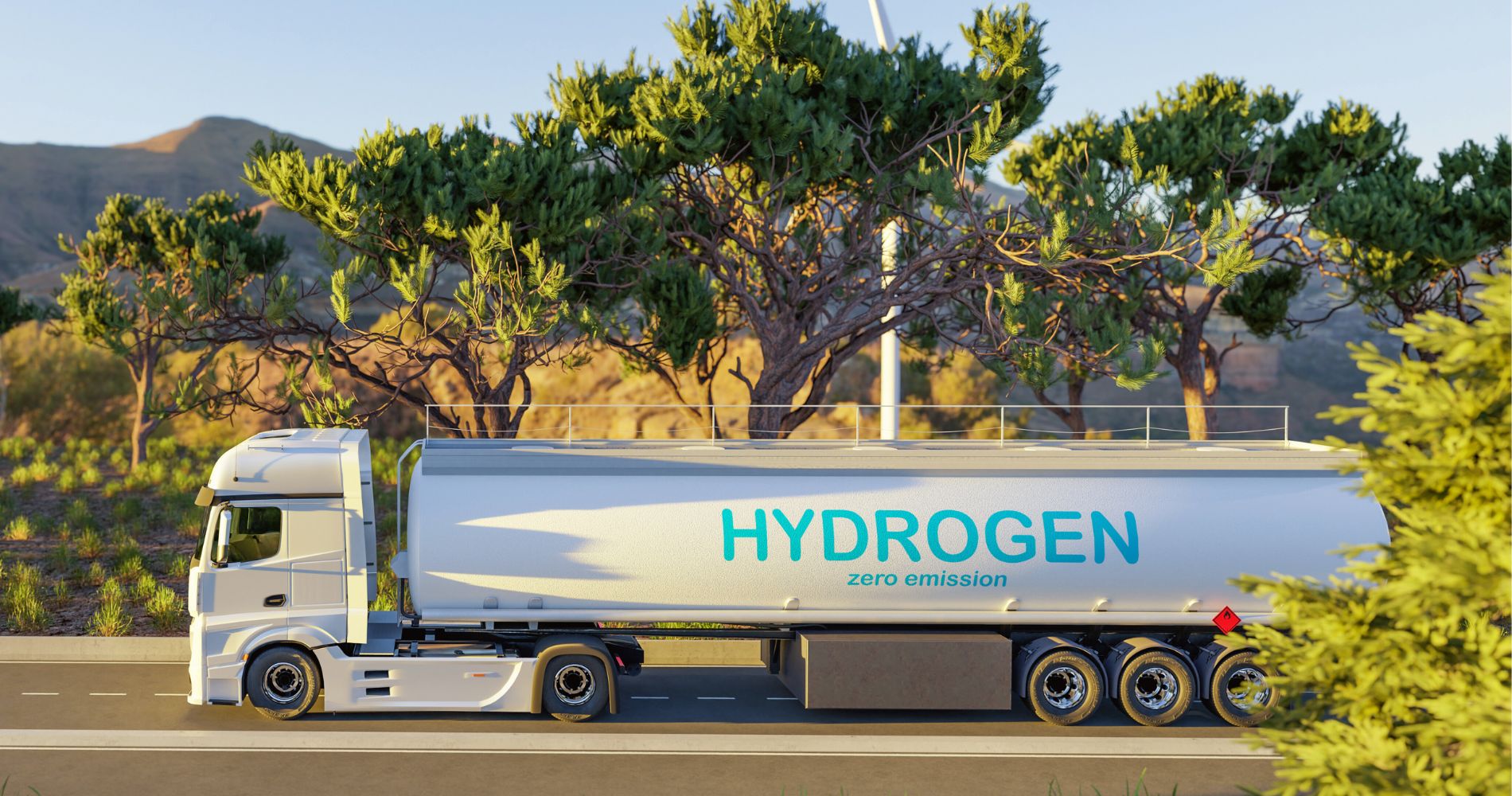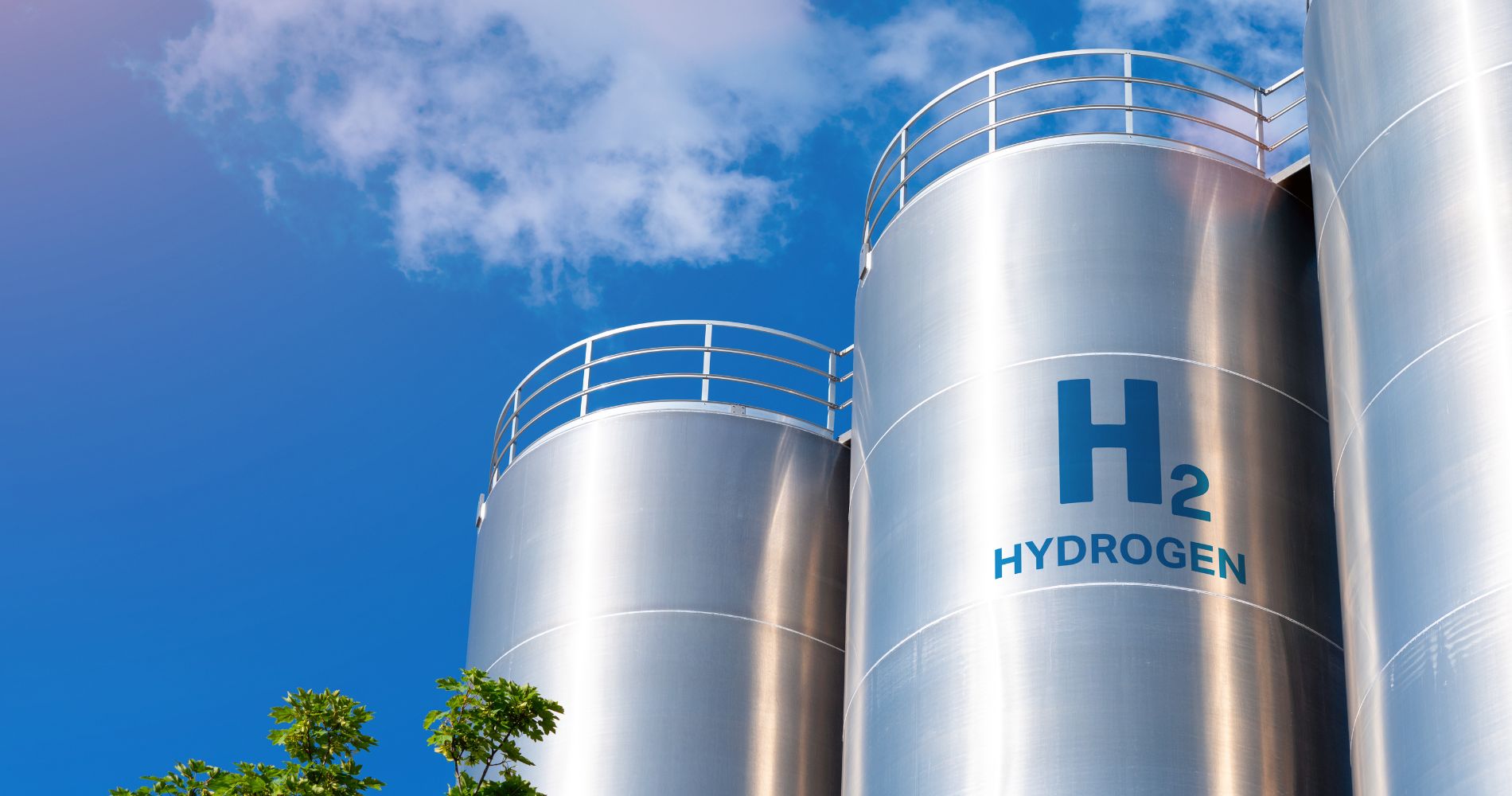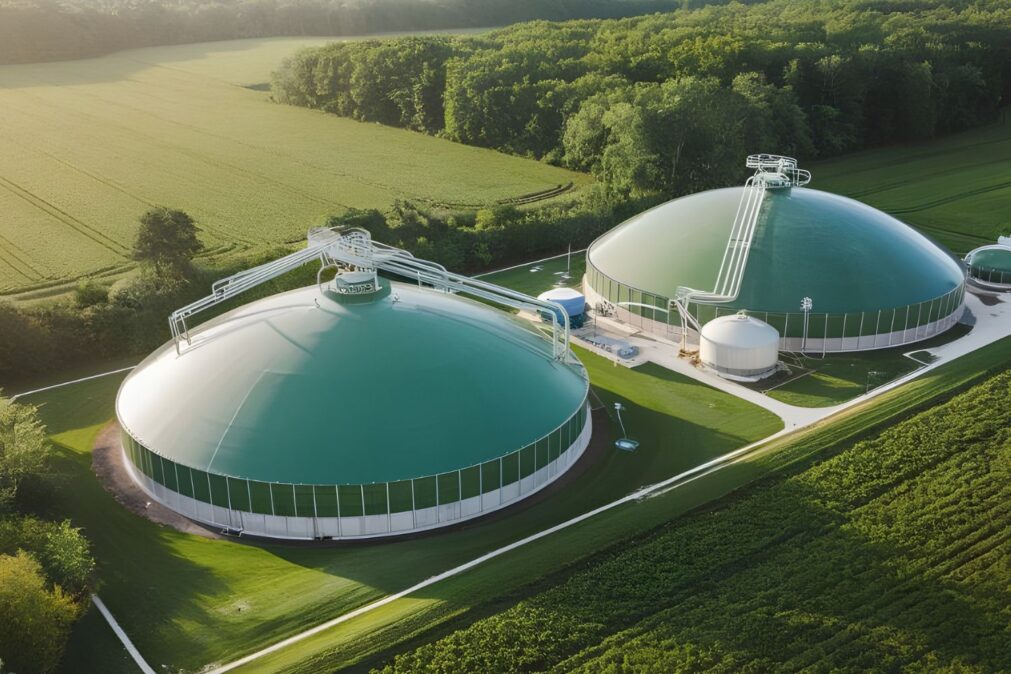Brazil finds itself at a crossroads in the energy sector: there is a strong movement for the country to become a key player in the low-carbon — or “green” — hydrogen value chain, yet the realization of large-scale projects still faces technological, regulatory, and financial challenges. With more than 70 initiatives in the pre-feasibility phase, according to recent surveys, the country holds enormous potential; however, transitioning from promise to execution still requires untying several knots.
The Big Picture
So-called green hydrogen (H₂V) refers to hydrogen produced from renewable sources — for example, through water electrolysis powered by solar and wind energy — and therefore with substantially lower emissions than conventional hydrogen. In Brazil, the concept has gained traction thanks to a combination of favorable factors: a predominantly renewable electricity matrix, abundant wind and solar resources, and a strategic location for exports.
According to a survey by the Argus agency, Brazil has more than 70 projects in various stages of development — although many remain as studies or memoranda of understanding rather than operational plants. At the same time, the federal government launched the National Low-Emission Hydrogen Policy and the National Hydrogen Program (PNH₂), aiming to build an institutional, technical, and incentive framework.
However, despite announcements and high expectations, Brazil still does not have a fully operational, large-scale green hydrogen plant. This “gap between promise and execution” precisely reflects the bottlenecks permeating the entire ecosystem.
Technological and Infrastructure Challenges
Even with a favorable energy matrix, Brazil must overcome a number of technical barriers to make H₂V globally competitive. Key challenges include:
- Electrolysis cost and supply chain: Electrolysis technology still represents a significant share of CAPEX in a green hydrogen project, as does the need for specialized equipment (such as electrolyzers, compressors, and storage tanks). Brazil imports most of these components, which raises operational costs.
- Power grid and renewable integration: Despite having many wind and solar parks, there are challenges in ensuring renewable energy continuously and economically feeds electrolyzers. Grid instability, lack of adequate transmission, and the need for specific Power Purchase Agreements (PPAs) are examples.
- Transport, storage, and hydrogen logistics: Brazil still lacks a mature infrastructure for transportation (by pipelines or ships), large-scale storage, or conversion into derivatives (such as green ammonia for export). In the absence of this logistics backbone, many projects remain confined to feasibility studies.
- Scaling and market maturity: Practically speaking, there is still not enough scale to industrialize production and reduce unit costs — the classic “valley of death” for emerging technologies. As a CEBRI study notes, Brazil needs to turn its comparative advantages into true competitiveness.
A concrete example: a 3 GW green hydrogen + ammonia project in Brazil was announced with CAPEX and OPEX exemptions to make the final investment decision viable. Yet, promising as it may be, this highlights how heavily the sector depends on strong incentives.
Regulatory and Institutional Framework Challenges
Even with a more active regulatory agenda, the hydrogen sector in Brazil faces gaps and delays that hinder clarity for investors, technology suppliers, and industry players. Key points include:
- On August 2, 2024, Law 14.948/2024 was approved, establishing the legal framework for low-emission hydrogen in Brazil. It created the Brazilian Hydrogen Certification System (“SBCH”) and assigned to the National Agency for Petroleum, Natural Gas, and Biofuels (ANP) the authority to authorize, regulate, and oversee the sector’s activities.
- Additionally, Law 14.990/2024 established the Low-Emission Hydrogen Development Program (PHBC), allowing the granting of tax credits for producers/consumers between 2028 and 2032.
- Despite these advances, experts point out that secondary regulations and decrees are still delayed, creating legal uncertainty. As a JOTA article warns: “Delays in issuing general norms could result in a tangled web of local legislations.”
- Moreover, interstate transport, storage, and “low-carbon” certification criteria remain critical topics.
The practical effect: many investors and suppliers prefer to wait for a full “regulatory green light” before committing to investments. Regulatory clarity is a precondition for market maturity.
Financing and Business Model: The Core Bottleneck
Technology, infrastructure, and regulation combined still require significant capital volumes — and here lie the financing and economic feasibility bottlenecks.
Globally, studies estimate that Brazil could produce hydrogen at competitive — or at least near-competitive — costs if it achieved scale, leveraging cheap renewable energy and favorable logistics.
- However, the business logic remains immature: who will demand H₂V in Brazil at sufficient volumes? What will be the reference price? Without long-term contracts or consolidated markets, the risk for investors remains high.
- Incentive programs are emerging — for example, a BRL 5 billion tax credit by 2032 to offset the price gap between low-carbon hydrogen and substituted products.
- Brazil has also announced significant public investments — such as R$10 billion allocated to the Northeast with a focus on hydrogen.
- Yet the total volume is still small compared to the tens of billions required to make H₂V globally competitive.
- A 2024 study concludes that instruments such as blended finance and “Contracts for Difference” (CfD) are essential to unlock sector financing.
In short, even though there is projected demand — for example, in steelmaking, fertilizers, and heavy transport — the contracts, markets, and remuneration structures that ensure returns are not yet fully designed.
What’s Missing to Unlock the Projects — and Where the Opportunities Lie
With the challenges well identified, it’s worth highlighting the factors that could act as triggers to accelerate project execution in Brazil:
1. Scaling from pilot project to commercial-scale plant
Many projects in Brazil remain at the study or MoU stage. Bringing a pilot or reference plant to commercial scale will be the first step to reduce perceived risk and attract global technology suppliers and capital.
2. Building a domestic market beyond exports
While Brazil focuses strongly on exporting H₂V and its derivatives (such as green ammonia), consolidating domestic demand — for example, for green fertilizers, hydrogen-based iron reduction, and heavy transport — is equally important to achieve scale and reduce dependence on external markets.
3. Stronger economic and financial support mechanisms
The fiscal incentives already approved — such as the “Rehidro” regime and PHBC tax credits — are important milestones. Now, their implementation, condition-setting, and timeline definition will be crucial. Moreover, risk-mitigation tools (guarantees, CfDs, technological insurance) can increase the interest of institutional investors.
4. Value chain integration and local content
For Brazil to benefit fully, it must develop local suppliers of electrolyzers, hydrogen components, and logistics infrastructure. As noted by the NIRAS newsletter: “The new legal framework brings predictability and attractiveness, but the equipment industry still needs to be fostered.” Investment in innovation, technical training, and international partnerships will be key.
5. Regulatory transparency and sector governance
The governance structure established by PNH₂ and ANP’s regulatory role are clear advances. However, issuing decrees, standards, and operational procedures must proceed faster to ensure security for stakeholders. Regionalization (state and municipal levels) must also avoid creating fragmented regulations.
Real Opportunities for Industry, Suppliers, and Investors
For different audiences — end-use industries, technology suppliers, and investors — the Brazilian landscape offers windows of opportunity:
- Industrial sectors (steel, fertilizer, chemical): Can anticipate H₂V’s sales cycle and establish partnerships or supply agreements with hydrogen producers. The focus on “hard-to-decarbonize” sectors positions Brazil as an important platform for green competitiveness.
- Technology and EPC (engineering, procurement, and construction) suppliers: The large number of pre-feasibility projects signals future demand for electrolyzers, compressors, tanks, and automation systems. Building a local presence or technology-transfer partnerships will be a competitive advantage.
- Institutional investors and project developers: The combination of tax incentives, public support (especially in the Northeast), and export potential makes Brazil an attractive target. However, investors must carefully assess regulatory, renewable supply, and demand-model risks.
- Government and states: Coordination among ministries, regulators, and state governments will be essential. States such as Ceará already position themselves as potential hubs, with World Bank support in regional strategies.
Conclusion
Brazil has extraordinary potential to lead green hydrogen production: abundant renewable resources, strategic geographic location, growing global demand, and an emerging regulatory framework. However, it is still far from commissioning commercial-scale plants. As the Argus report highlights, despite rapid growth, “grid bottlenecks and regulatory challenges still limit sector expansion.”
The future of Brazil’s H₂V chain will depend on aligning four key vectors: technology and scale, electrical and logistical infrastructure, regulation and financial incentives, and clear business models with scale and demand contracts. If these vectors are executed swiftly and consistently, the country can turn its comparative advantages into global competitiveness and deliver the energy transition the world needs.
For industry, suppliers, and investors, the message is clear: this is a moment of opportunity — but also of maturity. It’s time to move from “expectation” to “investment decision.” And the clock is ticking, as global players are also accelerating. Brazil must move fast to avoid being left behind.







